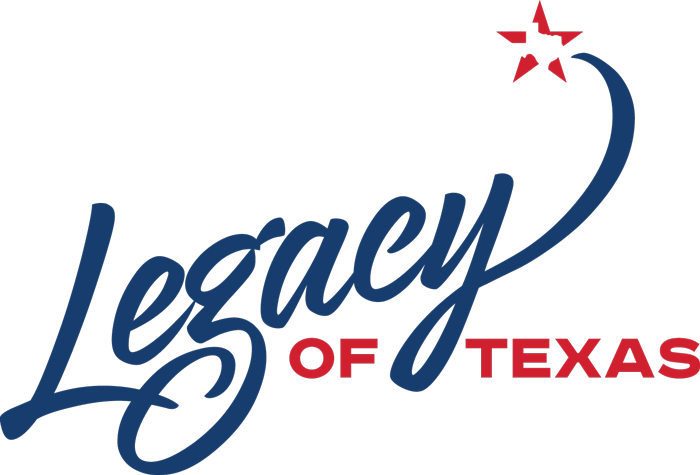Texas Wesleyan University is a private liberal arts institution four miles southeast of downtown Fort Worth on a seventy-four-acre campus. The origins of the university can be traced to 1890, when the Northwest Texas Conference of the Methodist Episcopal Church, South, authorized the establishment of Polytechnic College. Bishop Joseph S. Key worked with Fort Worth businessmen to found a new Methodist college in Texas. The church received a gift of 300 acres of land from Fort Worth businessmen A. S. Hall, W. D. Hall, and George Tandy at the Northwest Methodist Conference in Abilene. The college retained fifty acres for the campus; the remaining 250 acres became the community of Polytechnic Heights. Local businessmen also provided funds for the construction of an administration center, a classroom building, and a dormitory. Classes began in 1891 with 105 students enrolled for the fall term. The college was more concerned with converting its students to Christianity than to Methodism. Polytechnic College established a School of Commerce in 1894 to augment its courses in the arts and sciences. The initial success of the college encouraged further construction over the next few years. In 1899, however, the school almost closed when an outbreak of measles, meningitis, and smallpox decreased enrollment to such an extent that the trustees considered abandoning the project. In 1902 Hiram A. Boaz became president. Under his leadership the college rebounded from its initial indebtedness, enrollment surpassed 1,000, and a number of new buildings offered more classroom space and living quarters for students. Because there was no endowment for the college, Boaz proposed to found a new university to replace Vanderbilt University as the flagship school for the Methodist Church west of the Mississippi. To that end, he sought to merge Southwestern University in Georgetown with Polytechnic and house the new school at the Fort Worth site. The Educational Commission of the Methodist Church approved the idea but instead opted to develop Southern Methodist University in Dallas into such an institution. Thus the merger did not take effect, and Boaz was appointed president of SMU. As a result of these changes in 1913–14, the school once again suffered financial difficulties, forcing a reorganization. In the fall of 1914 the school changed its name and focus; Polytechnic College became Texas Woman's College. The new school followed the mission that the founders of Polytechnic had conceived, and worked to guide young women through an understanding of the liberal arts from the perspective of the Church and the family. The school recruited a faculty with fine arts training from European conservatories.
The college managed to sustain itself until the Great Depression of the early 1930s, when a loss of income and a drop in student enrollment forced the Methodist Church to reconsider the school's future. In order to increase enrollment the executive committee of the board of trustees in 1934 authorized the college to become a coeducational institution again. The change officially took place in the fall of 1935, when the school operated under its new name, Texas Wesleyan College. That same year the board of trustees appointed Dean Law Sone to the presidency. When Texas Wesleyan Academy (formerly Texas Wesleyan College) in Austin sold its property to the University of Texas, Texas Wesleyan in Fort Worth was granted a $100,000 loan. In February 1939 the college filed suit against Texas Wesleyan Academy and stated that the money from the sale of the school was church money, not private money. The court ruled in favor of the Fort Worth school in 1941, and after an appeal an agreement that cancelled the $100,000 loan debt was reached. The support provided by the Austin academy and the leadership of the new president changed the fortunes of the college. Under the tenure of Sone, Texas Wesleyan College built eight new buildings, including a 100,000-volume-capacity library and a student center. Student enrollment increased to more than 1000, and the college freed itself of debt in 1942. During the next two decades Texas Wesleyan College continued to prosper, offering bachelor of arts degrees in four areas and a master's program in education. W. M. Pearce became president of the school in 1968 after Sone's retirement. Pearce oversaw the construction of more new buildings, the enhancement of the school's academic reputation, the growth of its endowment and retirement programs, the establishment of tenure, and the modernization of the school's budget. Student enrollment surpassed the 2,000 mark in 1969. By 1970 the campus had grown to forty-one acres and twenty-two buildings. A $2 million endowment ensured financial security.
Since 1970, however, student enrollment has slowly decreased. In the 1980s the college averaged 1,500 students in the academic year. Jon H. Fleming became president of the college in 1979 and reorganized it into four schools. Texas Wesleyan College experienced more financial difficulties in the early 1980s, which were induced by Fleming's plan to move the college to a larger campus in West Fort Worth. Fleming envisioned an enhanced role for Texas Wesleyan College as a leading private institution of the humanities. To achieve this goal Fleming tapped the restricted portion of the college's endowment to purchase land for the new site. Furthermore, large projected gifts failed to materialize as a result of the oil crunch. The proposed move to the 300-acre campus, approved by the board of trustees in 1983, never happened, and as a result of these financial difficulties, enrollment dropped to 1,300 students. By 1988, however, enrollment had climbed to more than 1,500 students. On October 21, 1988, Texas Wesleyan College dedicated a new $10 million library. That same month US News and World Report listed the school as one of the top five small liberal arts schools in the country because of its resources. In 1988 the board of trustees of the school unanimously approved changing the school's name to Texas Wesleyan University, effective January 1989, to reflect its status as both a graduate and undergraduate degree-granting institution. The school is affiliated with the United Methodist Church and accredited by the Southern Association of Colleges and Schools, the Texas Education Association, and the National Association of Schools of Music. Texas Wesleyan offers a bachelor of arts, a bachelor of science, a bachelor of fine arts, a bachelor of business administration, a bachelor of music education, and graduate degrees in law, education, nurse anesthesia, and business. Enrollment in the fall of 1999 was 3,049; the faculty numbered 248, of whom 122 were full-time. Harold G. Jeffcoat became president of the university in 2000.
Is history important to you?
We need your support because we are a non-profit that relies upon contributions from our community in order to record and preserve the history of our state. Every dollar helps.
Jerry G. Bawcom, Texas Wesleyan College: The Mission Prevails (New York: Newcomen Society, 1988). Vertical Files, Dolph Briscoe Center for American History, University of Texas at Austin.
The following, adapted from the Chicago Manual of Style, 15th edition, is the preferred citation for this entry.
David Minor,
“Texas Wesleyan University,”
Handbook of Texas Online,
accessed April 25, 2024,
https://www.tshaonline.org/handbook/entries/texas-wesleyan-university.
Published by the Texas State Historical Association.
TID:
KBT24
-
Original Publication Date:
-
1976
-
Most Recent Revision Date:
-
January 28, 2020
This entry belongs to the following special projects:










